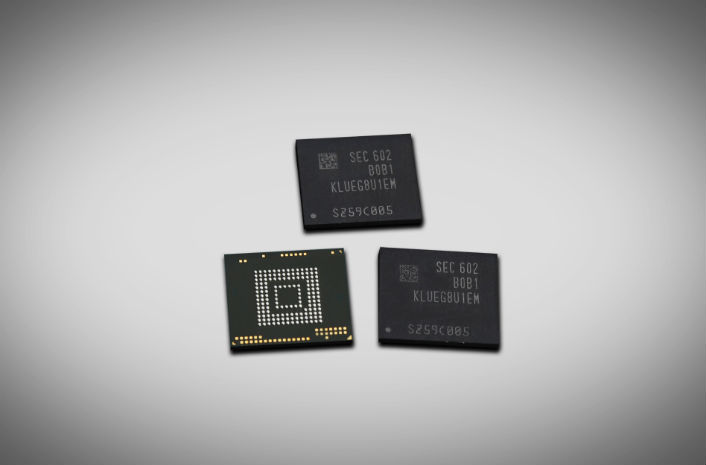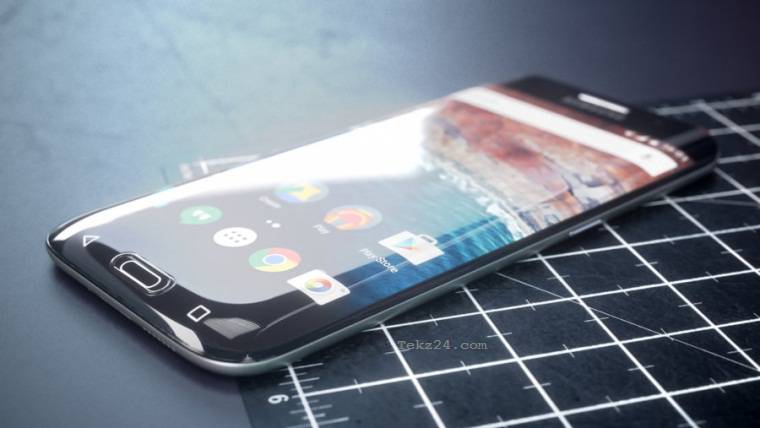Search result

The next flagship smartphone from Huawei is coming and if the rumors have any truth to them, it's going to be a very capable device. Leaks on Weibo seem to be indicating that the Huawei Mate 9 will be powered by the manufacturer's in-house HiSilicon Kirin 960 Octa-core 64-bit processor and six gigabytes of RAM. There will allegedly be different versions of the Mate 9 and the 6GB RAM version will sport 256GB of internal storage to go with all that memory and processing power. There could also be a more modest version of the smartphone that will sport the same chipset, but 4GB of RAM and 128GB of internal memory. All versions might also be powered by a big 4,000mAh battery.
Camera has been the highlight of the Mate 9 in all recent rumors since they have partnered up with Leica, the German camera maker for providing a rumoured dual camera setup at the back. The two 20-megapixel sensors from Leica will supposedly work together to provide stunning details even in low light, thanks to the f/2.0 aperture. The 5.9-inch (QHD resolution) metal-clad phablet will run on Android 7.0 and the OEM will make sure that customers get a LOT of colors to choose from while buying the smartphone. Apart from the 256GB/6GB version ($700/4700 yuan) and the 128GB/4GB version ($580/3899 yuan), there will also be a more affordable 64GB/4GB version ($480/3199 yuan) as well.
Saikat Kar (tech-enthusiast)

Samsung is gearing up to mass produce the first ever 256GB embedded memory module as a Universal Flash Storage 2.0. Performance is a big advancement over the recent SATA-based solid-state-drives used in high-end PCs.
The UFS memory from Samsung offers ultra-fast speed storage based around their V-NAND flash memory chips. The UFS memory is capable of performing 45,000 input operations and 40,000 output operations each second. The UFS memory is twice the speed of the previous UFS memory type. The latest version uses dual lanes of data transfer to create speeds of 850MB/s which is approximately twice the speed of SATA-based SSDs. For sequential writing, the speed is lower at 260MB/s.
One of the main benefits of the latest version of 256GB UFS memory is that it will better support playback of 4K video content. Tablets now have split screen display technology with 4K video playback that can be combined with a second area of the screen being used to display an app. This tends to push the hardware to the limit. With 4K video, the data read needs to be faster because a 4K video contains so much more compressed image and audio data. This audio/visual data needs to be read, decompressed and played in real-time.
Samsung has just gone into full production of their UFS memory 2.0 chips which will become available later in 2016.

It seems just yesterday when the Galaxy Note 7 was released and eventually discontinued, but we are now inching closer to the release date of the Galaxy S8. Granted that no date has yet been set in stone, it cannot be more than just a few months away at this point. Today, we have a new report/rumor for you, straight out of China (Weibo) and reported by TechTastic. It states that the S8 will sport 6GB of RAM and 256GB of internal storage, along with the upcoming Samsung-manufactured Qualcomm Snapdragon 835 SoC.
Some of the other rumors surrounding the S8 include a dual rear camera module, an edge-to-edge pressure-sensitive 2K/4K curved display, a brand new AI virtual assistant and Quick Charge 4.0. It will be interesting to see whether Samsung launches a separate Exynos version of the Galaxy S8 as well, since the Korean giant itself is producing the SD 835 chip for Qualcomm this year. Some reports are also suggesting that there might even be a 6.2-inch version of the S8 next year, but I am not so sure about that!
Saikat Kar (tech-enthusiast)
© 2023 YouMobile Inc. All rights reserved






